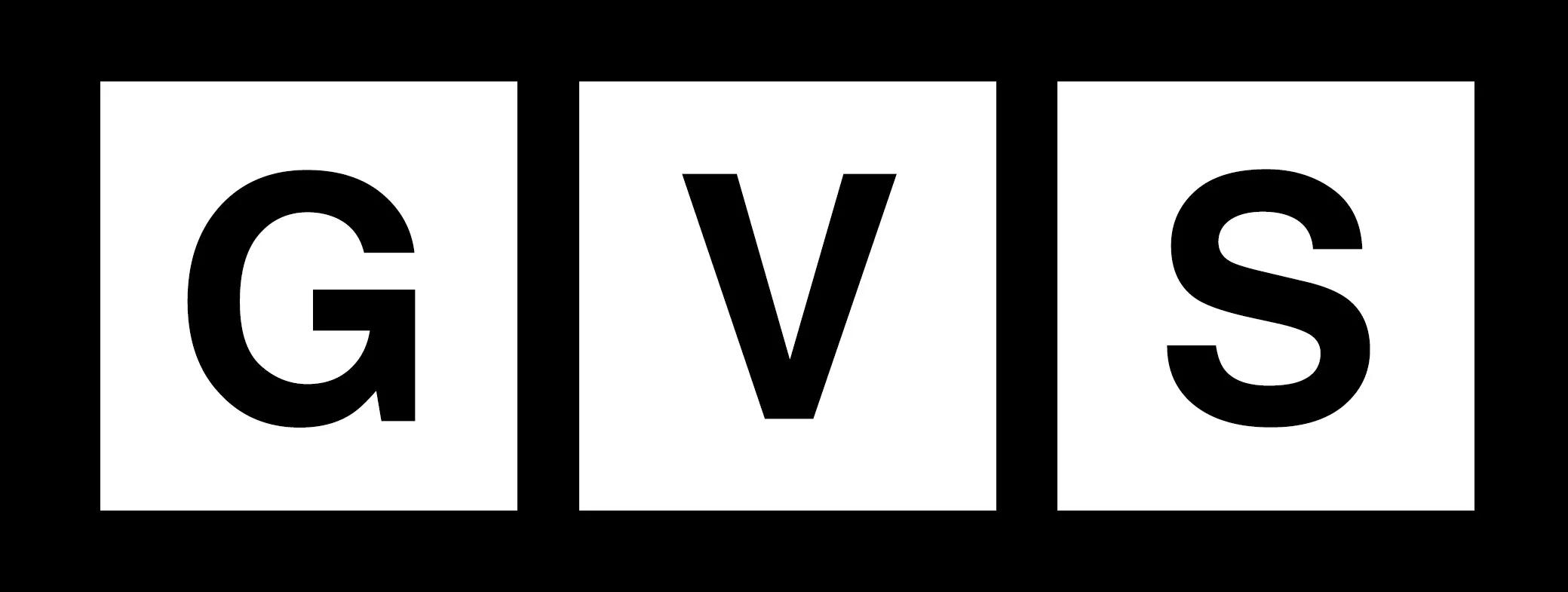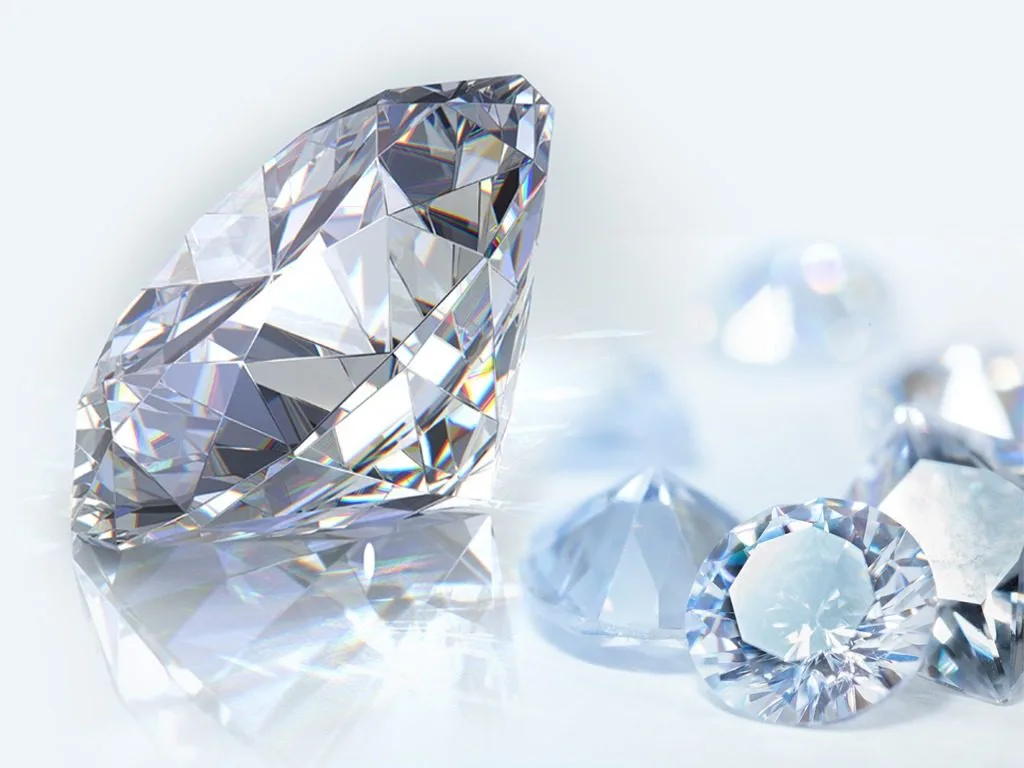People frequently tell me that diamonds are pricey and uncommon. Diamonds are priceless and valuable stones in cuts, sizes, colours, and quality grades. You did read correctly. In terms of quality, not every diamond is created equal. A diamond is classified into a certain quality if it possesses those attributes. To ensure you’re obtaining the quality for your money, educate yourself on how to assess the quality of diamonds. At Moissanite earrings, we can order more signature pieces of jewellery, which can even be bought at the local markets.
Origin
The diamond’s origins might have a significant impact on its value. Even to the trained eye of a grader, lab-created diamonds sometimes have a lower price tag than those extracted from the earth while having equal physical properties. Graders take ethical sourcing into account as well. Factors originating from the country or mine where the diamond gets mined might impact its estimation.
Your Diamond’s Color and Quality
The value of your diamond can be significantly affected by its colour quality. The ideal diamond is colourless, and any trace of colour drastically affects your diamond’s quality. When a diamond’s colour decreases, it loses quality and value due to yellow or brown tinges that start to show in the stones. If a diamond must have a “fancy colour,” like canary yellow or the rarest colour of all, crimson, its colour will not decrease its value. Diamond colour grades are determined using a 23-point colour grading system, which goes from D to Z.
The Acquired Certification
Verifying the formal certification of a diamond is a foolproof way to find out how much it is worth. After a thorough, professional examination of the diamond from all sides, a third-party certifier offers the certification. The best diamond graders in the world then provide a grade. Younger generations typically prefer jewellery that is lighter and more delicate in look, in contrast to their older counterparts, who choose ornamentation.
Carat Weight of Your Diamond
Of the four Cs, carat weight is the most significant by far. Diamond carat weight is measured using calibrated digital scales. Since larger diamonds are often more precious than smaller ones, a diamond’s carat weight correlates with its quality and worth. Moissanite earrings are more durable than pure diamond jewellery.
Carat weight is in decimals. One carat of diamonds may weigh 0.89 carats; this is a common rounding technique used in retail establishments to raise the apparent value of an item. A 0.89-carat diamond should cost less than a one-carat stone if all other factors remain the same.
Glow Brilliantly
The intensity of a stone’s brilliance may determine whether or not it is a diamond since diamonds reflect light. Expert jewellers examine a diamond’s brightness, dispersion, and sparkle with an Ideal or Brilliant Scope. When you visit the jeweller, ask to inspect your diamond under one of the equipment to confirm it is reflecting light like a diamond should.
The easiest way to tell if a diamond is real or fake is to look at how many “sparkles” in it. The diamond’s many facets reflect white light, giving the impression of brilliance to the naked eye.
Lucidity
The diamond has been a highly sought-after stone for decades due to its flawless state. The straightforward GIA grading system goes from one “flawless” to three degrees flawed when evaluating a diamond’s clarity. Buying from a reliable jeweller whose stones get values according to the GIA scale is essential since many inclusions are only visible under a microscope. Since the European Gemological Laboratory is a for-profit organisation that tends to exaggerate categories and add an enigmatic “SI3” grade, we frequently advise against buying diamonds graded by them. Even though almost many diamonds naturally include inclusions, each raw stone’s apparent inclusion content is reduced by cutting.
Cut
In contrast to the common assumption, a diamond’s cut has nothing to do with its physical form. Terms like “pear” and “princess diamond” are inappropriate. Some various cutting techniques ensure that light exits the diamond in the proper direction. It is crucial because a poorly cut diamond may absorb light differently and lose some brilliance. For the avoidance of doubt, a diamond cut is generally of excellent quality if it seems dazzling and “sharp.” We could go into a ton of technical details regarding brightness and scintillation. Before you examine the diamond, make sure the area you are in has enough light.
In summary
Diamonds are available in a range of sizes, shapes, and hues. You need to know what to search for before getting the best diamond. We’ve outlined a few methods to make it easier for the untrained eye to judge if your diamond will sparkle appropriately. The components that make up the 4Cs are colour, clarity, cut, cut, and carat weight. Although you may have heard people refer to diamond weights in terms of quarter, half, whole, etc.

